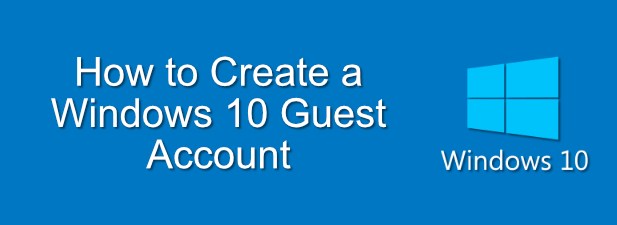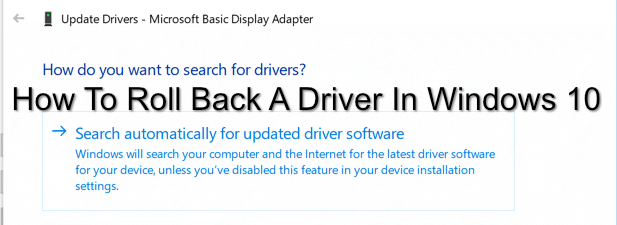If you use a Windows 10 PC as your daily device for personal or work-related tasks, there are different kinds of keyboards that can help you work better.
The most common type of keyboard is the physical one that you plug into your PC or the built-in keyboard on your laptop.
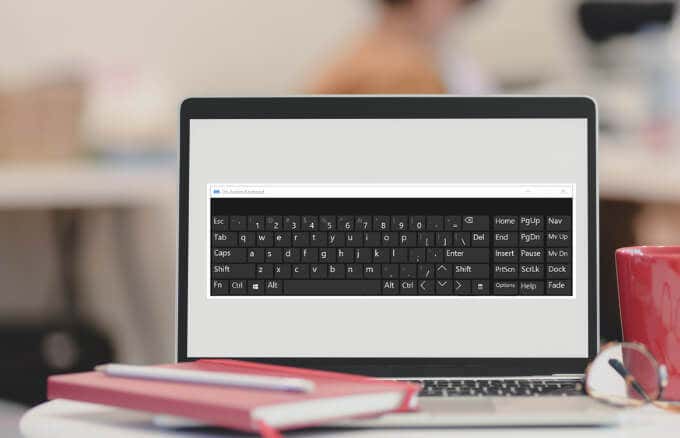

However, there’s a virtual keyboard that’s commonly used with Surface devices or touchscreen laptops often referred to as the on-screen keyboard. This built-in Ease of Access tool also works in desktop mode and can be used when your physical keyboard is damaged, the keyboard keys won’t work or you don’t have a keyboard at all.
This guide explains different ways to enable the on-screen keyboard in Windows 10 so you can work even if you don’t have access to a physical keyboard.
Contents
- 1 How to Enable the On-screen Keyboard on Windows 10
- 1.0.1 1. How to Enable On-screen Keyboard Using the On-screen Keyboard Shortcut
- 1.0.2 2. How to Turn on On-screen Keyboard via the Ease of Access Center
- 1.0.3 3. How to Enable On-screen Keyboard via Search
- 1.0.4 4. How to Enable On-screen Keyboard Using the Run Command
- 1.0.5 5. How to Use Command Prompt to Enable On-screen Keyboard
- 1.0.6 6. How to Use Windows PowerShell to Enable On-screen Keyboard
- 1.0.7 7. How to Enable On-screen Keyboard Using Control Panel
- 1.0.8 8. How to Enable On-screen Keyboard Using Third-Party Apps
- 2 Get the On-Screen Keyboard in Windows 10
How to Enable the On-screen Keyboard on Windows 10
The on-screen keyboard is a virtual keyboard that contains all the standard keys you would find on a physical keyboard.
To use the keyboard, you’ll need a pointing device like your mouse. Alternatively, you can cycle through the virtual keyboard using a single key or group of keys on your physical keyboard.
Note: The instructions in this guide apply to a Windows 10 PC without a touchscreen. However, you can also access the touch keyboard on a PC with a touchscreen by tapping inside a text box when your device is in tablet mode.
1. How to Enable On-screen Keyboard Using the On-screen Keyboard Shortcut
Keyboard shortcuts provide quick ways to access different settings and features in your Windows PC including the on-screen keyboard.
To access the keyboard via a shortcut, press the CTRL + Windows key + O (letter o) simultaneously.
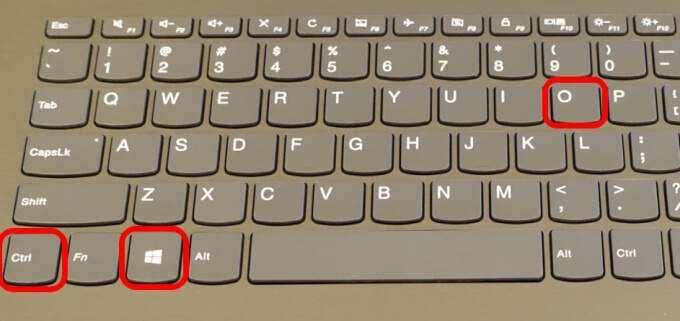
The keyboard will appear on your screen after a few seconds and you can use your mouse to select keys or other commands.
2. How to Turn on On-screen Keyboard via the Ease of Access Center
The Ease of Access Center in Windows 10 brings functionality for ease of use and accessibility features to launch apps such as Magnifier, Narrator and on-screen keyboard. This feature allows you to use your computer without a display, see what’s on your screen, use your keyboard to enable Sticky, Toggle and Filter keys or use the virtual keyboard.
- To enable the on-screen keyboard on Windows 10 via the Ease of Access Center, select Start > Settings.
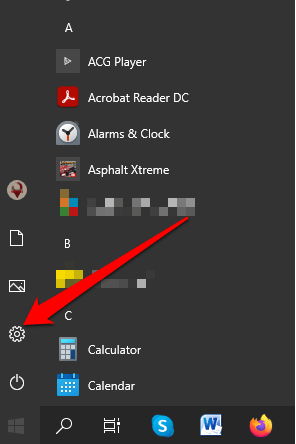
- Next, select Ease of Access.
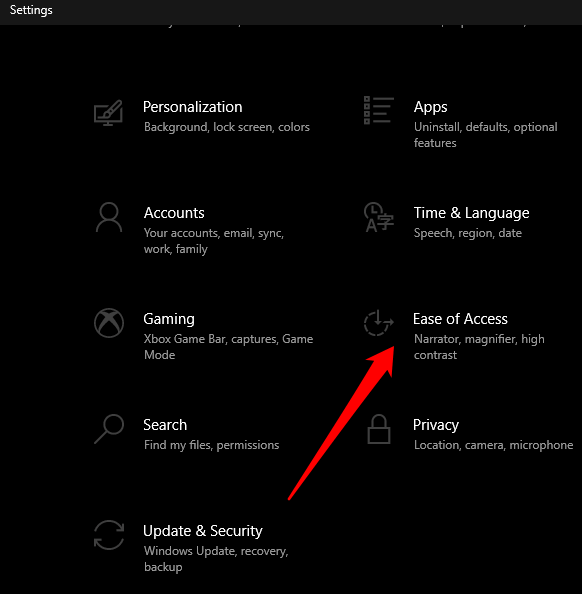
- Scroll down to the Interaction section on the right pane and then select Keyboard.
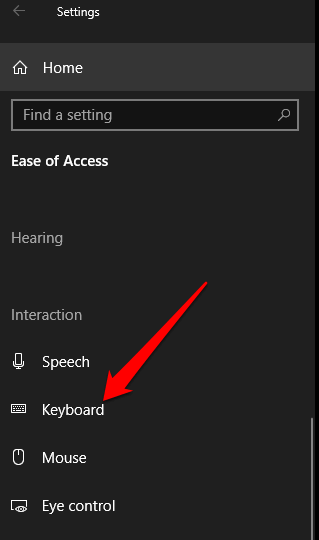
- Under the Use your device without a physical keyboard section, toggle the Use the on-screen keyboard switch to turn it On if it’s off.
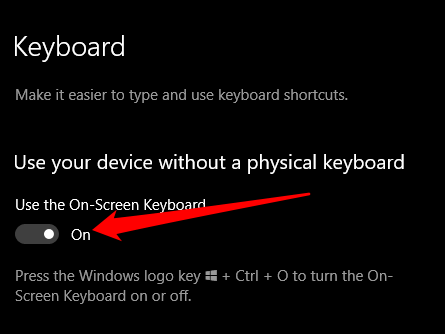
The on-screen keyboard will appear on your screen. You can move it around or enter text and close the screen once you’re done.
3. How to Enable On-screen Keyboard via Search
You can also access the on-screen keyboard by searching for the feature using the Search panel.
- To enable the on-screen keyboard via the Search panel on Windows 10, select Start to open the search bar and type on screen.
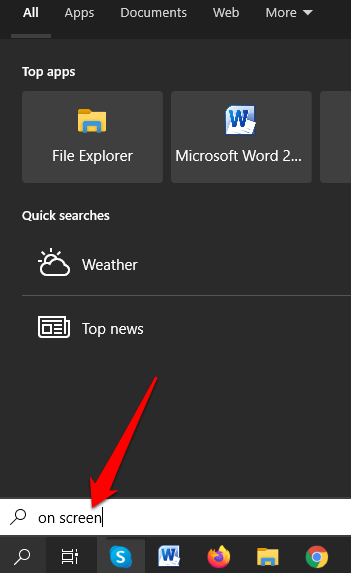
- Select the On-screen Keyboard option in the search results to open the keyboard.
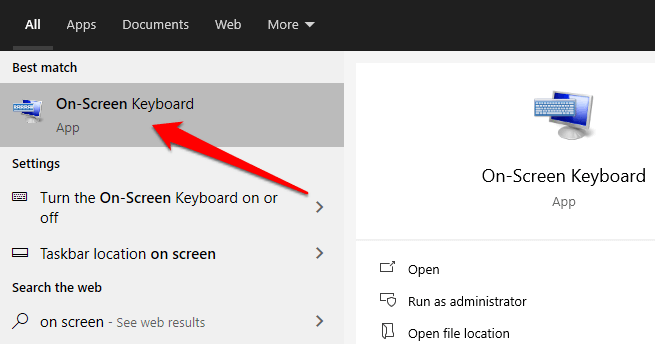
4. How to Enable On-screen Keyboard Using the Run Command
If you haven’t managed to open the on-screen keyboard using the preceding steps, you can access it through the Run command.
- To turn on the on-screen keyboard using the Run command, right-click Start > Run.
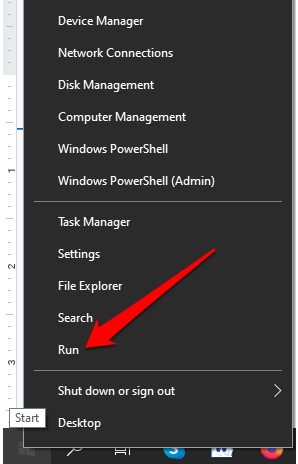
- Next, type osk in the Run dialog box and press Enter.
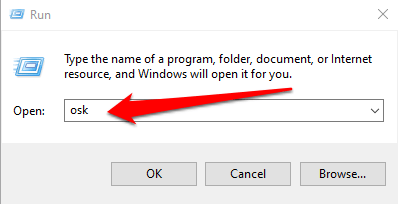
5. How to Use Command Prompt to Enable On-screen Keyboard
You can also use the Command Prompt to turn on the on-screen keyboard.
- To do this, select Start and type CMD.
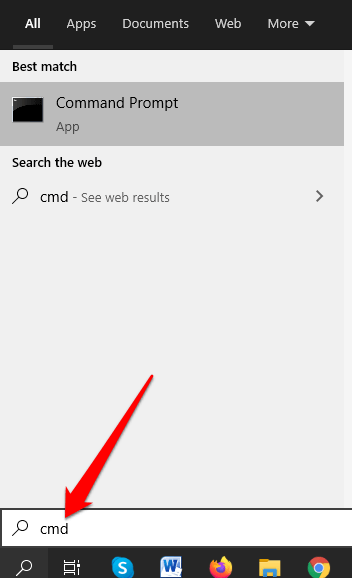
- Select Command Prompt > Run as Administrator in the search results.
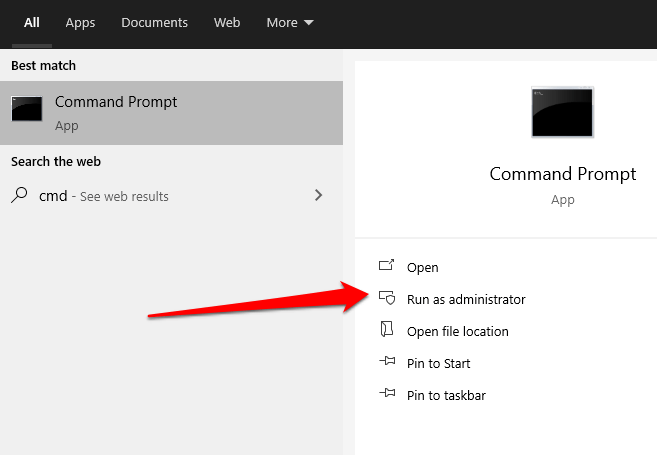
- In the Command Prompt window, type osk and press Enter.
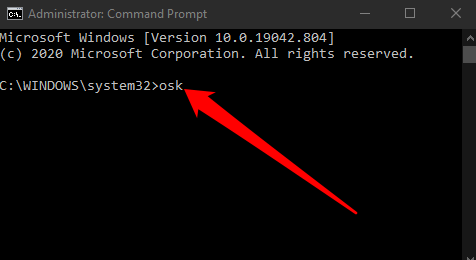
6. How to Use Windows PowerShell to Enable On-screen Keyboard
Windows PowerShell is a command-line interface that works similar to Command Prompt but is much more powerful, and can be used to automate tasks. While PowerShell is more complicated than Command Prompt, you can still use it to enable on-screen keyboard.
- To do this, right-click Start > Windows PowerShell.
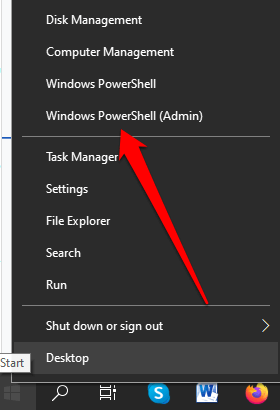
- Next, enter osk in the PowerShell window and press Enter to execute the command.
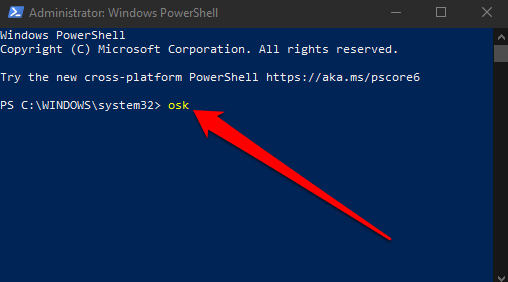
Note: If you want to pin the on-screen keyboard in desktop mode, select Start > Settings > Ease of Access > Keyboard and toggle the Use the on-screen keyboard switch to On.
Close the Keyboard dialogue box and the on-screen keyboard will be pinned to your screen. You can also add the on-screen keyboard to your Start Menu or Taskbar if you use it frequently.
7. How to Enable On-screen Keyboard Using Control Panel
If you’ve not managed to turn on the on-screen keyboard using the last six methods, you can still use the Control Panel in Windows 10 to access the keyboard.
- To do this, open the Control Panel and select View by.
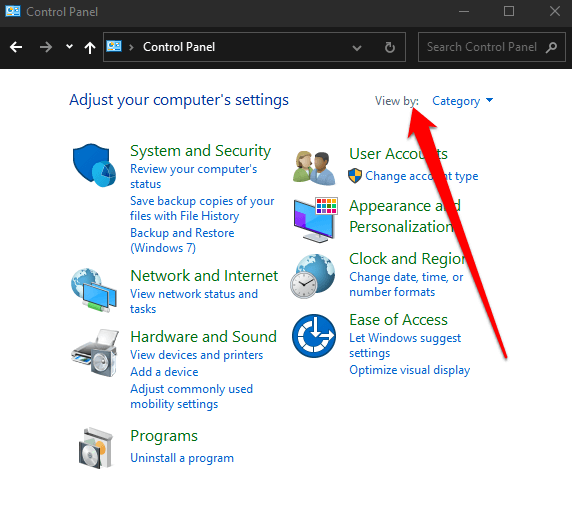
- Next, select Large icons.
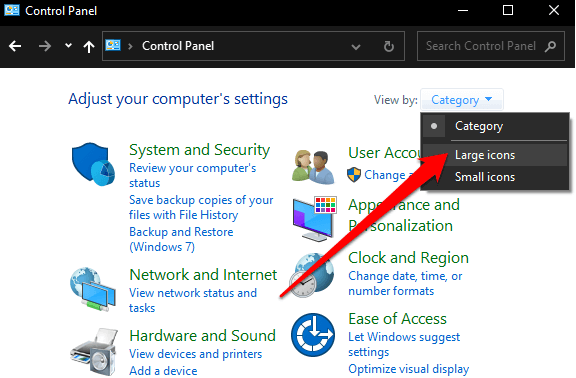
- Select Ease of Access Center.
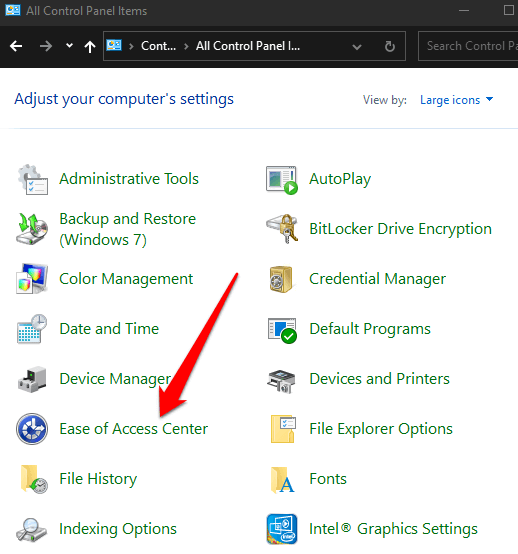
- Select Start on-screen keyboard.
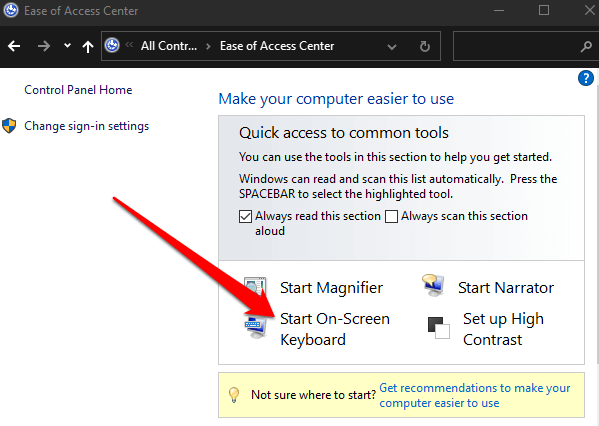
8. How to Enable On-screen Keyboard Using Third-Party Apps
If you’re unable to enable or access the on-screen keyboard on your Windows PC using the above methods, you can always download and install a virtual keyboard app.
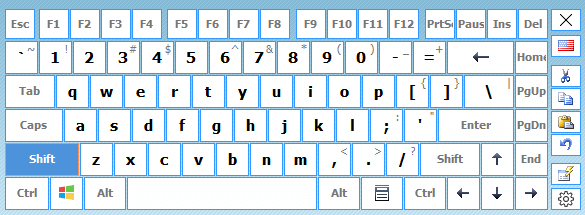
There are several third-party virtual keyboards available for Windows 10 PCs including Hot Virtual keyboard, Free Virtual keyboard, Click-N-Type, Touch-It Virtual keyboard and VirtualKeyboard.
Get the On-Screen Keyboard in Windows 10
The On-Screen keyboard is an easier way of typing and entering data instead of relying on the physical keyboard. You still get all the standard keys but you’ll need a separate pointing device to select and cycle through the keys on the screen.
We hope you were able to enable and use the on-screen keyboard on your PC. If you need to replace your keyboard, turn to our guides on the best wireless keyboard and mouse combos or the lesser-known mechanical keyboard brands worth trying.


